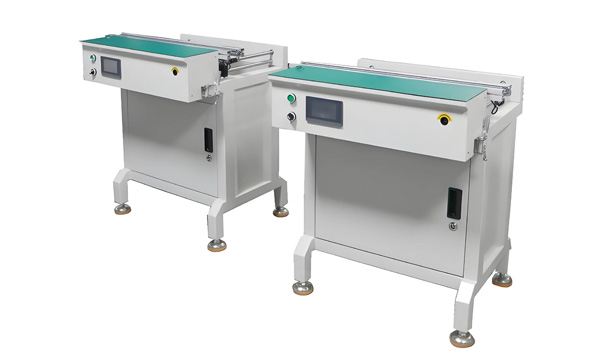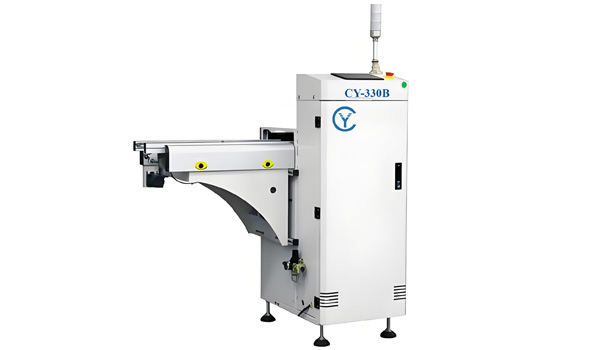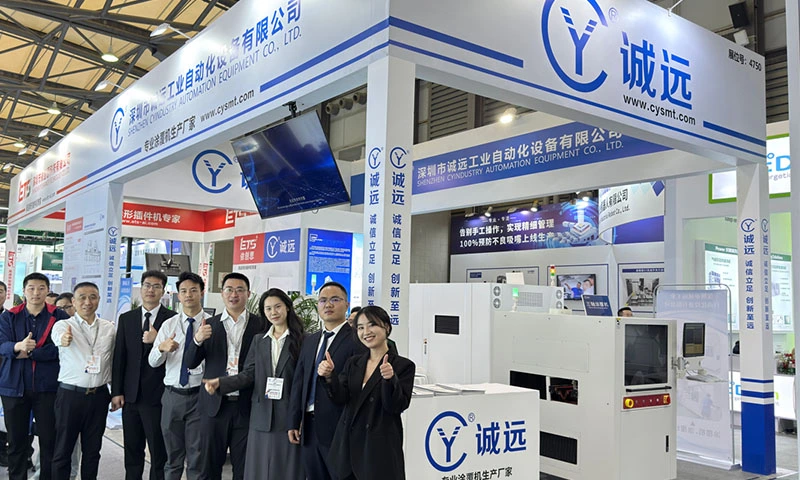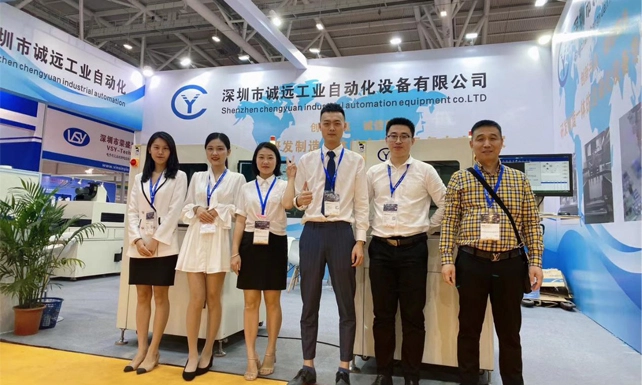Why Efficient PCB Handling Equipment is Essential for SMT Production Lines
Efficient PCB handling equipment eliminates bottlenecks by automating board transfer between printers, pick-and-place machines, and reflow ovens. Precision conveyors and robotic arms ensure ±0.1mm alignment, preventing misloads or damage to ultra-thin (0.2mm) PCBs. IoT-enabled systems synchronize workflows, reducing idle time by 40% and boosting throughput by 60%. Anti-static designs protect sensitive components, while modular buffers adapt to high-mix demands. Critical for automotive, medical, and 5G manufacturing, this equipment slashes manual errors, accelerates cycle times, and ensures 24/7 line continuity—where seamless automation drives scalable, cost-competitive electronics production.
Key Considerations for Selecting PCB Handling Equipment to Improve Workflow
Prioritize ±0.05mm alignment accuracy for ultra-thin or flexible PCBs. Ensure IoT integration for real-time tracking and predictive maintenance, cutting downtime by 35%. Opt for modular designs that scale with high-mix production (e.g., automotive radar, wearables). Anti-static and shock-absorbing mechanisms protect sensitive components, while high-speed conveyors (1–5m/min) sync with SMT lines. Verify IPC-9851 compliance for reliability and energy-efficient operation to reduce costs. Select systems with quick-change tooling for rapid product swaps. By balancing precision, adaptability, and smart automation, this equipment boosts throughput by 50%—transforming workflows into agile, future-ready PCB assembly ecosystems.







